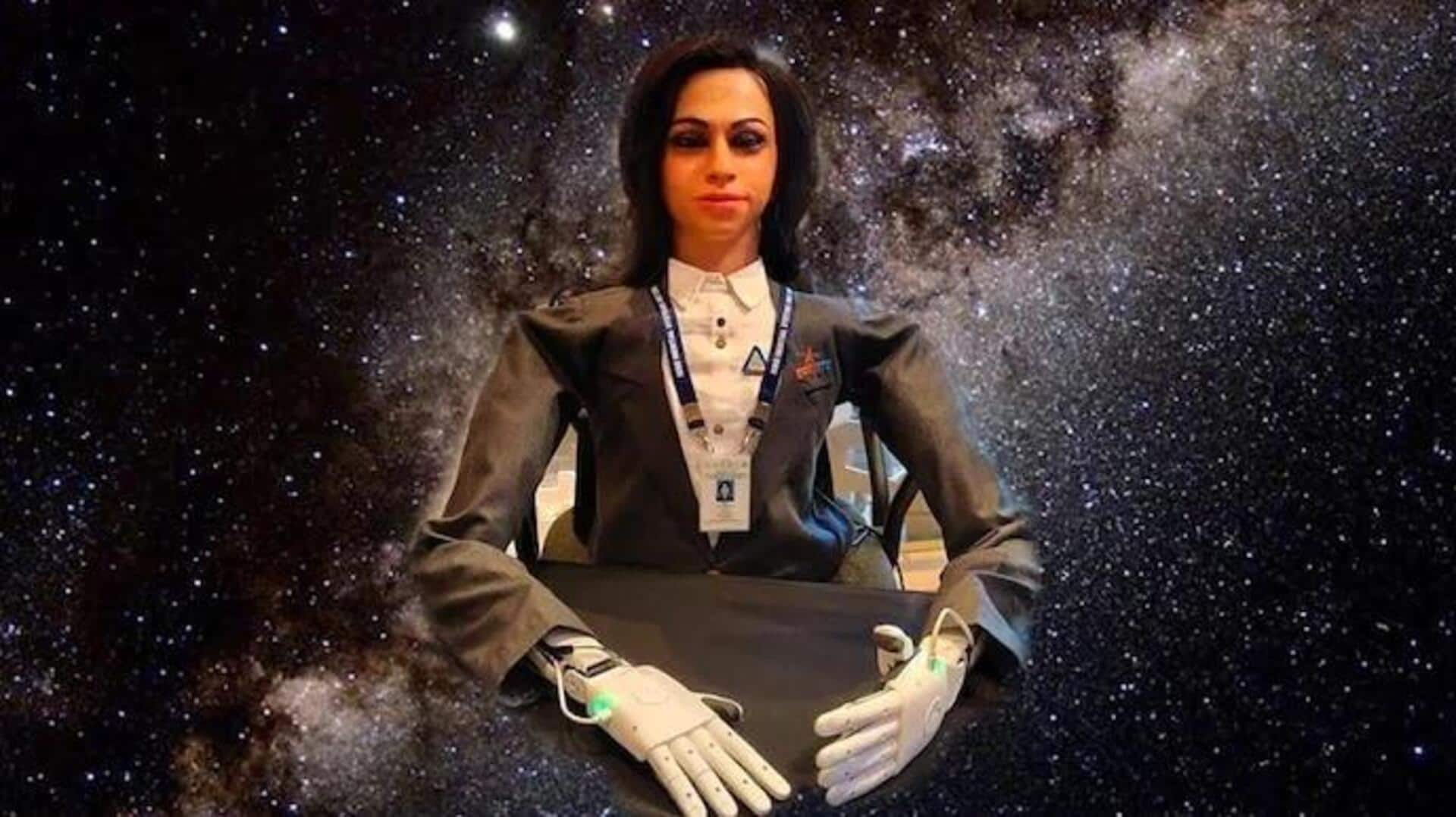
Why ISRO's humanoid robot is heading to space this year
What's the story
The Indian Space Research Organisation (ISRO) has announced its plan to send an artificial intelligence (AI)-powered humanoid robot, Vyommitra, on the uncrewed Gaganyaan G-1 mission. The historic flight is scheduled for December 2025. Instead of a human astronaut, Vyommitra will be sent to test the spacecraft's systems in space. After the success of the first uncrewed flight with Vyommitra, ISRO plans to conduct two more uncrewed missions next year.
Robotic features
Vyommitra's name and meaning
The name Vyommitra is a combination of two Sanskrit words, 'Vyoma' (space) and 'Mitra' (friend). It was developed by ISRO's Inertial Systems Unit (IISU) to act as a half-human astronaut during the test flight. The robot has a head, torso, and arms but no legs. This makes it lightweight and suitable for microgravity conditions in orbit.
Robotic design
Vyommitra is designed to withstand harsh space conditions
The skull of Vyommitra, which measures 200mm x 200mm and weighs just 800gm, is made from a heat-resistant and lightweight aluminium alloy. This unique design allows the robot to withstand harsh space conditions. It also features advanced AI technology that enables it to think and respond like a human during the mission.
Mission tasks
What the robot will do in space
During the Gaganyaan G-1 flight, Vyommitra will serve as a human proxy. It will analyze flight procedures, interact with the Life Support System, and monitor environmental parameters such as air pressure and temperature. The robot also packs special sensors to track mission data. It can read displays and commands, press switches/buttons, operate important systems, and communicate in Hindi/English. The first crewed Gaganyaan mission, which will be India's maiden human spaceflight, is currently targeted for the first quarter of 2027.